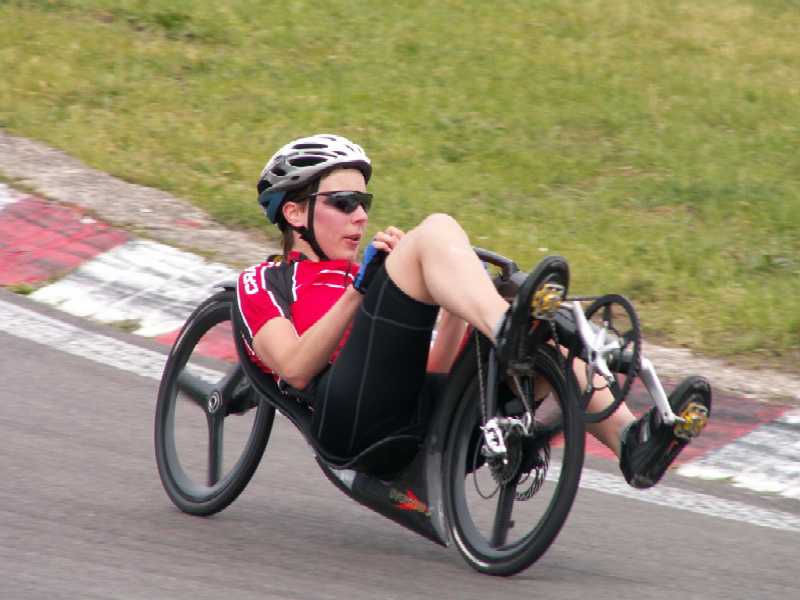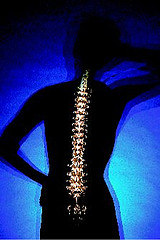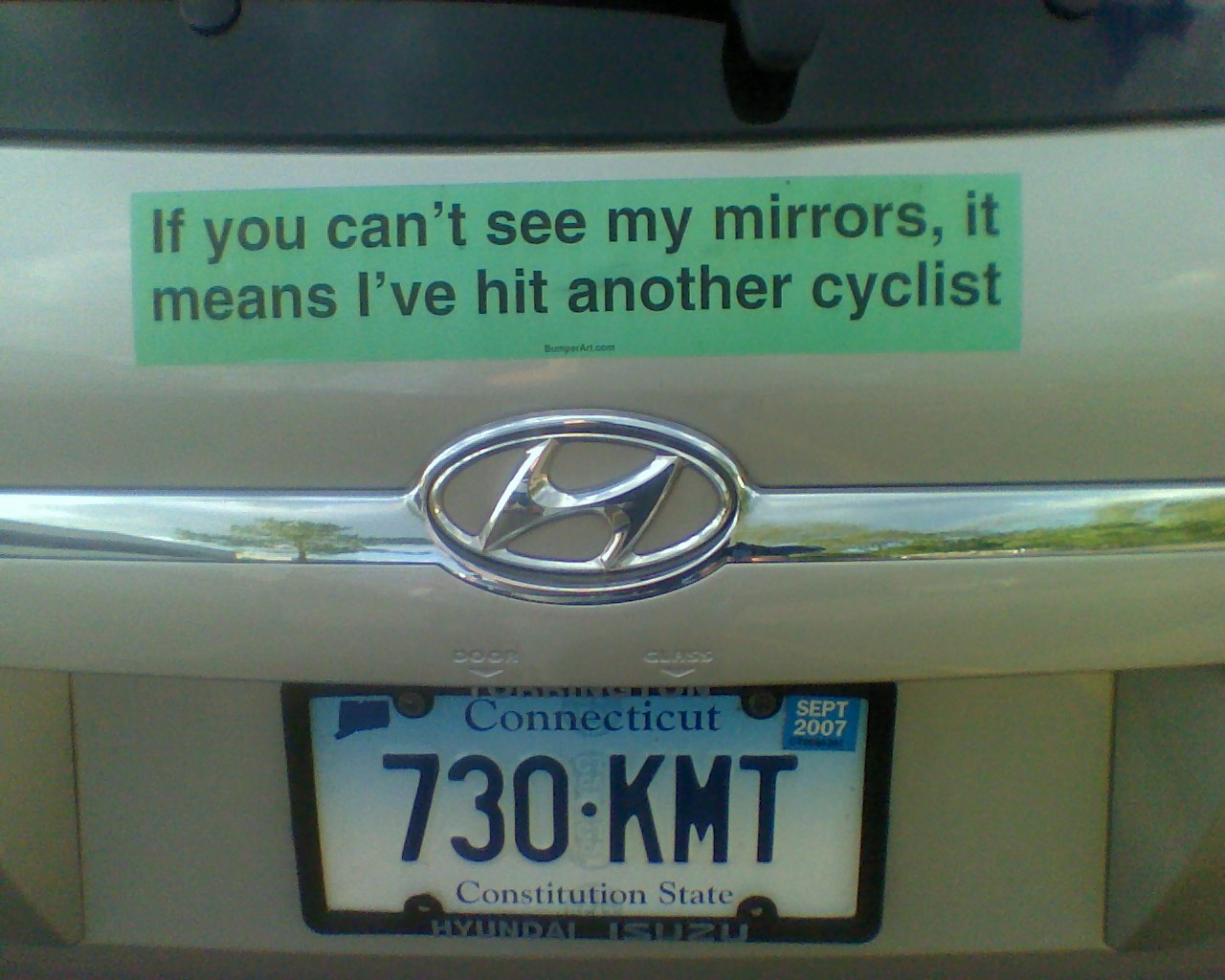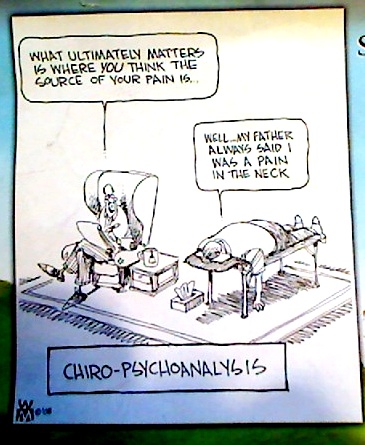 As I do periodically, I reviewed the costs of the practice this spring, and was, frankly, appalled at how much I was spending for a second phone line -- a line which was used primarily for faxes, incoming call rollover, and for me to return patient calls or to call the kids and remind them to clean their rooms.
I felt there was probably a better way to spend this money, particularly as there are easier and cheaper ways to provide the same services.
As I do periodically, I reviewed the costs of the practice this spring, and was, frankly, appalled at how much I was spending for a second phone line -- a line which was used primarily for faxes, incoming call rollover, and for me to return patient calls or to call the kids and remind them to clean their rooms.
I felt there was probably a better way to spend this money, particularly as there are easier and cheaper ways to provide the same services.
So, step 1 was to move to an internet fax service. For pennies per month, this service provides a dedicated fax number. Incoming faxes such as lab reports are mailed to us as a PDF file, which we can then immediately transfer to the patient's electronic file. No paper, no printing, no muss, no fuss.
Outgoing faxes are simply PDF files emailed to the service which then sends them to the receiving party's fax machine. So, for example, when I make a referral to another physician or to the local lab, I no longer have to print it out and have Teresa schlep it through the fax. Instead, I make the referral through the electronic medical records system, save it as a PDF file, and email it to the service. Takes maybe 15 seconds.
With the need for a fax line obviated, we dumped it. But then another problem became apparent, because I ended up using the single line for making outgoing calls, such as returning calls from patients and the periodic calls to home that are routine in any working parent's day, to make sure the hermit crab got fed and that nobody was doing anything that would result in concussions or uncontrollable bleeding, and to say, yes, I will spend my lunchtime going to the school to drop off the homework you forgot.
Clearly I needed a second line, so I started using Skype for calls to landline and mobile phones. But I've never really been a big fan for several reasons, among them being that Skype uses proprietary protocols. Last year, I converted the entire office from Windows to the Ubuntu (Linux-based) operating system, which I found to be far more effective for our needs. With the most recent upgrade to the Ubuntu 10.04 operating system, my Skype broke completely, insofar as being able to call landlines and mobiles on it. I could still make Skype-to-Skype calls with no problem, but forget calling the kids or returning patient calls. Skype's tech support was only mildly interested in the problem, and eventually told me to purge the software and reinstall it, and if that didn't work they were washing their hands of the problem.
Needless to say, it didn't work. So I went in search of an alternative, and found Nomado. For a paltry 5 euros per month, I got my own incoming phone number, 500 minutes/month of talk time to almost any phone in the civilized world, automatic call forwarding to my cellphone and voicemail that is emailed to me as .wav files. And all at a price that is almost 50% less than what I had to pay Skype for same.
The voice quality is perfect, better than Skype, and far better coverage for calling Europe, the UK and South American countries. Plus, it uses the SIP protocol -- an open source protocol -- which means I have my choice of PC-based softphones as well as hardware phones to pick from, and I wasn't stuck with the Skype non-functional software and hardware lineup.
I *highly* recommend this service over Skype. Better value, by far.
The Nomado website is a wee bit hinky, especially if you're using Firefox on Linux -- for the signup process, I had to boot up Chrome on a virtual XP machine to get the job done -- but they have online chat tech support that is superb.
So I now have a direct incoming line, with all of the bells and whistles, for about $6 per month.
With the grossly inappropriate reimbursements the insurance companies are dishing out these days, it pays a doctor to stay on top of the technology curve. That way you can reduce costs while maintaining high levels of service.
 More bicycling than doctoring, but
More bicycling than doctoring, but 



 It appears that the medical community is about to foist yet another quack "cure" for osteoporosis on the women of this country. Prolia, the latest alleged treatment for osteoporosis, is an injectible that was approved by the FDA primarily on the basis of a single study paid for and conducted by the company that developed the drug.
Ok, let me repeat that one more time. The FDA has approved a dangerous (we'll get to that in a minute) drug on the basis of research that the developer bought. Not to put too fine a point on it, but government oversight of BP's woebegotten Deepsea Horizon was more stringent than this.
It appears that the medical community is about to foist yet another quack "cure" for osteoporosis on the women of this country. Prolia, the latest alleged treatment for osteoporosis, is an injectible that was approved by the FDA primarily on the basis of a single study paid for and conducted by the company that developed the drug.
Ok, let me repeat that one more time. The FDA has approved a dangerous (we'll get to that in a minute) drug on the basis of research that the developer bought. Not to put too fine a point on it, but government oversight of BP's woebegotten Deepsea Horizon was more stringent than this.

 Those of you who have followed this blog for some time, or who receive my
Those of you who have followed this blog for some time, or who receive my 

 As many of my readers and patients know, I am trying to qualify for
As many of my readers and patients know, I am trying to qualify for 

